In the hallway of the office, a picture hangs of the first graduating senior class– GBHS Class of ‘99, three years after the school opened. One look at the picture says so much about the school at the time, and how much it has changed.
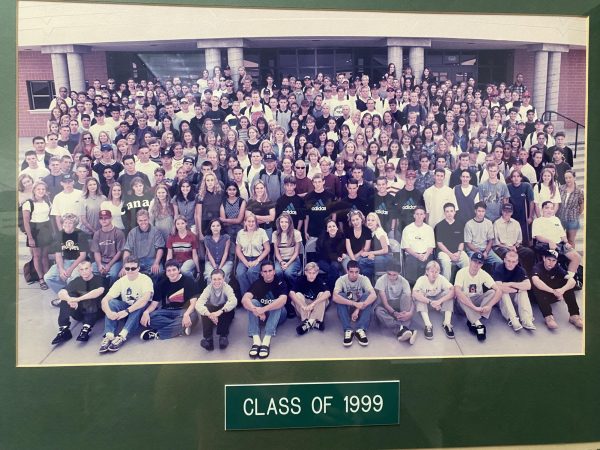
Since Granite Bay High School’s opening, the percentage of white students has dropped approximately 38%; conversely the Asian student population has increased by approximately 13% and the Hispanic/Latino population by approximately 10%.
In 1997, an article from the Granite Bay Gazette entitled, “Granite Bay devoid of diversity” revealed that 88% of the students surveyed at GBHS fell under the “Caucasian” ethnic category, with Hispanic students at 5% and Asian students at 4%.
Almost 30 years since the Gazette covered demographics, the change in ethnic composition at Granite Bay High School can largely be attributed to two factors: an influx of people leaving the Bay Area and San Jose and coming to Placer County, and more students partaking in transfers from other areas.
“Definitely feels like people are coming to this area for its educational opportunities. I don’t know of a school in the area that does a better job of getting kids ready for college than we do,” U.S. History teacher Brandon Dell’Orto said.
Just in the last five years, the number of English-learning students at GBHS has doubled.
Placer County has seen an increase of 33,000 Asian residents and 24,000 Hispanic residents since April of 2020, many of whom left the Bay Area, according to the Sacramento Bee this July. The article details, “the San Francisco metro area lost about 182,000 residents,” which was largely attributed to the rising cost of living.
Junior Astrid Quispe recently moved to GBHS this year from Lopez Continuation High School, where the US News & World Report reported that the total minority enrollment was 66%, 63.3% of the student body was Hispanic and 88% of students were classified as economically disadvantaged.
“There were a lot of white people, which I was expecting coming here to this school, but I was a little taken aback at first,” Quispe said.
Although the lower cost of living in Placer may be enough to entice Bay Area residents, an influx of people seeking a more affordable lifestyle has done little to change the perception of wealth at Granite Bay.
“One stereotype I think is true is probably that most of the people that go here are pretty rich,” senior Logan Crabtree said. “I mean, for example, we have a good lacrosse program, and that sport is really expensive. I’ve played a sport, so I know it’s really expensive.”
Schools like GBHS, located in wealthy areas and known for maintaining quality education, see an influx of students from all over. Just this year, GBHS saw 200 late enrollments of new students. As the population of the school has increased, so has the population of socioeconomically disadvantaged students.
The Granite Bay zip code has a median income of $196,467 per year for families, roughly $80,000 more than families in Roseville and $30,000 more than families in Folsom. GBHS’s zip code median income for families is higher than all other RJUHSD school communities by tens of thousands per year. That said, not all students at GBHS are from Granite Bay and 472 (23.5%) students in the 23-24 school year were classified as socioeconomically disadvantaged.
“We have a handful of places that are really economically struggling…We have people that are living in some trailer parks because that’s all they can afford,” Dell’Orto said.
According to the Public Policy Institute of California, in a survey this spring, 47% of Californians think K-12 education has gotten worse over the past few years. The wealth disparity can be seen in Niche’s California school district ratings: only two of the top 10 school districts in California have median incomes below 140k per year, most ranging beyond 170k per year.
In the top 10% of income holders, white Californians make up 58% while only comprising 36% of the population. Asian and Pacific Islander Californians comprise 16% of California’s population, but 26% of the top 10% of income holders. In contrast, Latino Californians are 36% of the population but only 9% of the top 10%.
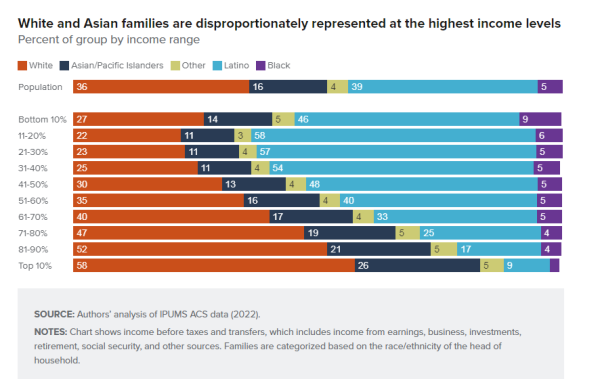
Data: PPIC, from IPUMS ACS
“It seems like a lot of people from different areas come to the school a lot,” Eli Roberts, a junior at GBHS, said.
The competitive nature of GBHS also attracts students looking to find easier access points to higher education, as going to a more competitive school can be helpful in the context of college applications.
“A lot of people want to come here because there’s more opportunity. It looks really good on college apps if you came here because there’s so much competitive nature,” Ruby Conger, a senior at GBHS, said. “They want to have the same opportunities.”
Compared to schools within districts in Sacramento, GBHS maintains a high standing, attracting students who come from these areas. RJUHSD is currently ranked #41 in California school districts, whereas Sacramento City Unified School District is ranked #232. Students of all kinds come to GBHS for the opportunities it provides, much of which can be attributed to the affluent area, which attracts a higher quality of teachers, resources, and civic involvement in school board policy.
“If I went to the school I’d go to in West Sacramento, they don’t have as much funding. And they have a lot of different programs that aren’t funded as well, so there’s just not much interest in it,” Conger, who attended a school in West Sacramento, said.
It is also worth noting that diversity has only changed in some respects; in nearly 30 years, the percentage of Black students at GBHS has increased 1.7%.
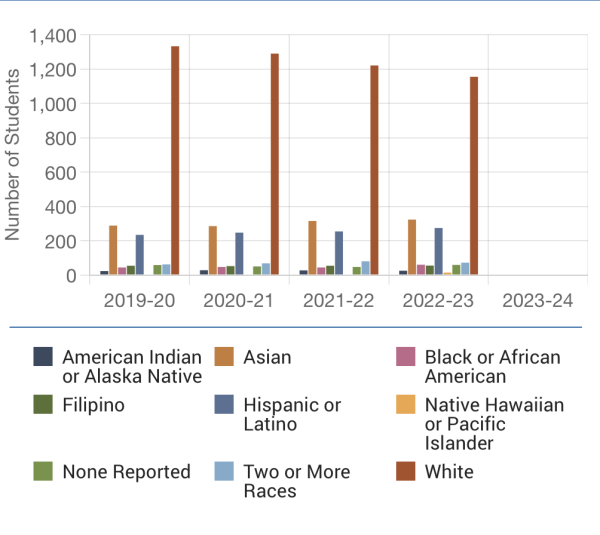
Data: CDE, courtesy of Ed Data
“There’s definitely a culture shock of coming here, and a lot of people have experienced that…this bubble that you get put into. I think when I go back to Sacramento, I’m like, ‘Whoa.’ I’ve been so out of this diverse area, and so it’s just this bubble that kind of encapsulates everything,” Conger said.
To read this story in Mandarin click here




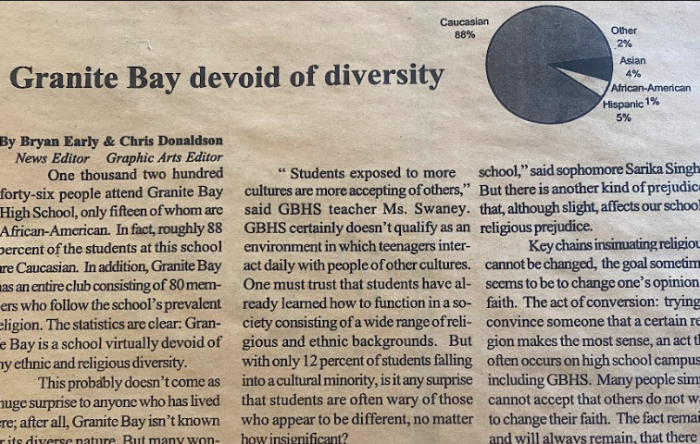










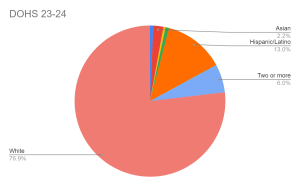
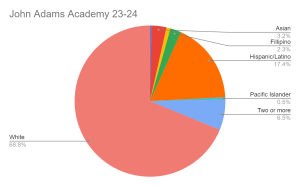

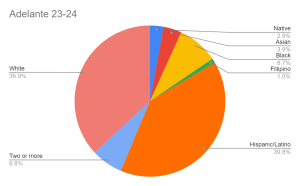
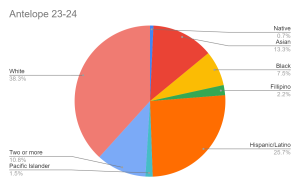
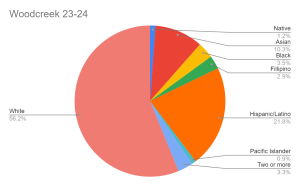
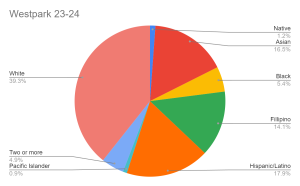
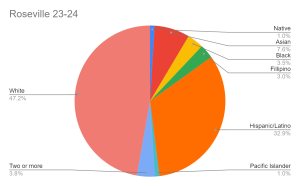



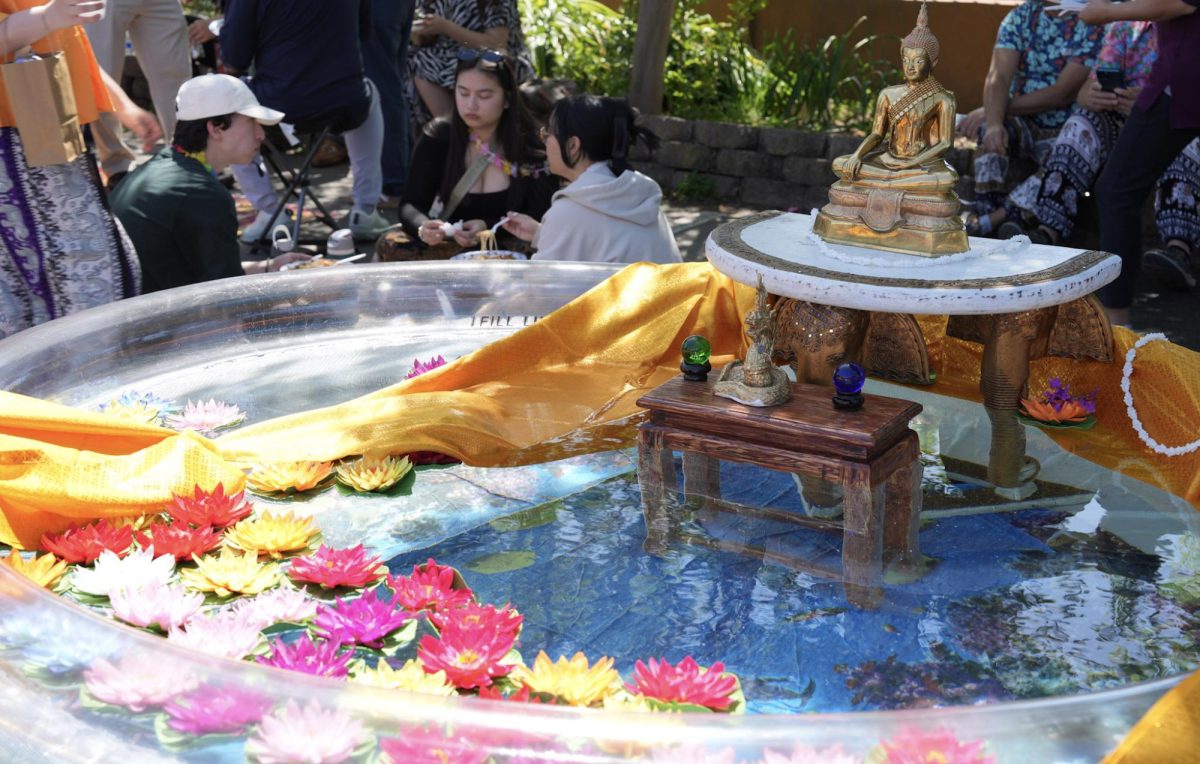


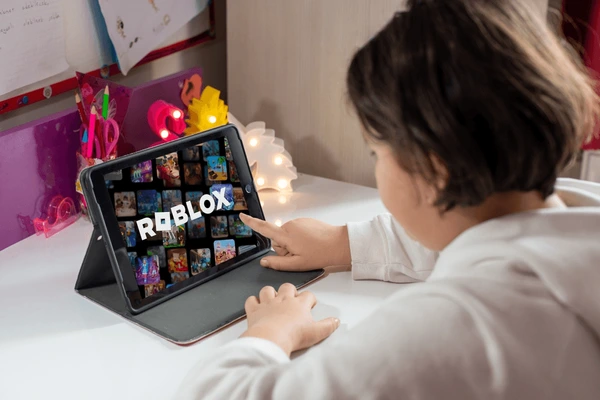


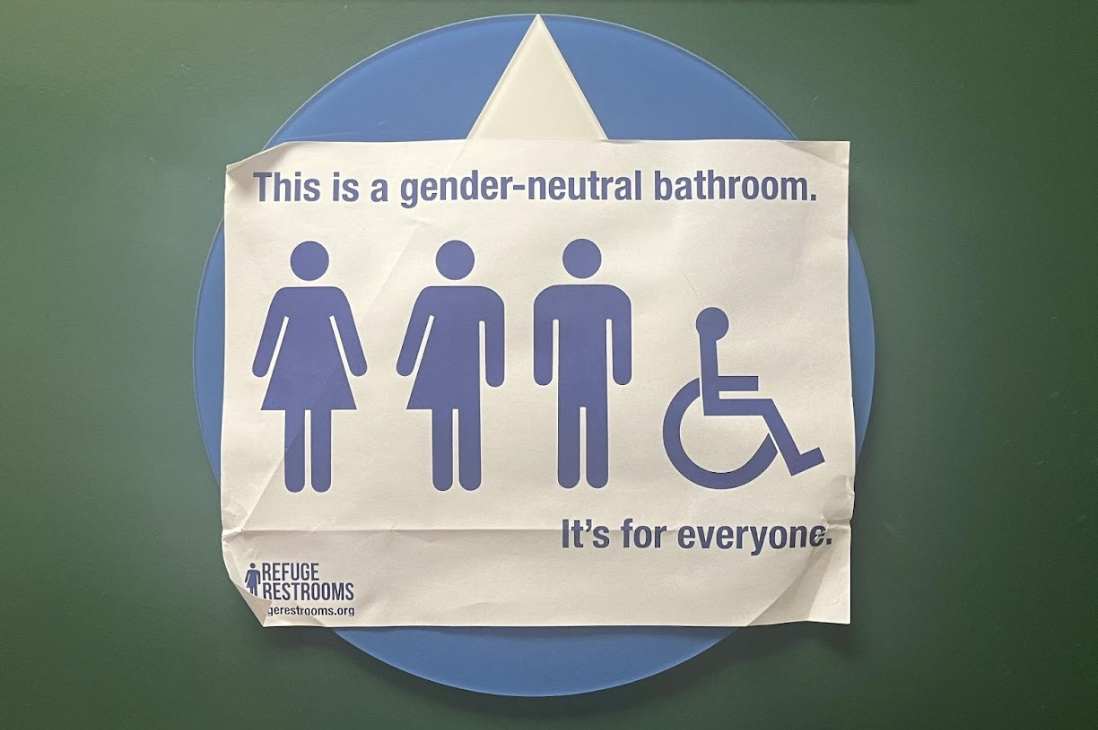





Max Zagaynov • Oct 4, 2024 at 10:39 am
I found this helpful for my research, thank you, Audrey Baime, Samantha Yee, and Jerry Luan